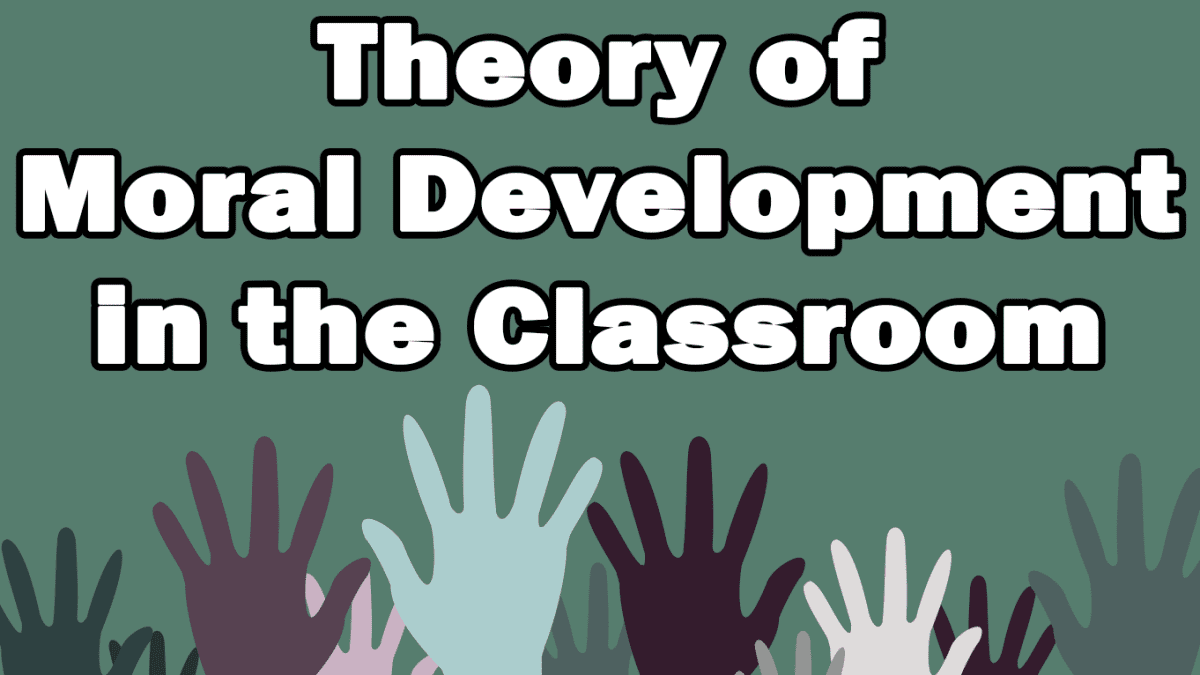- Get link
- X
- Other Apps
- Get link
- X
- Other Apps
The national curriculum has been tailored in such a way that it fosters the child’s moral development. Subjects like Social Spiritual and Moral Development (SSME), Social and Development Studies (SDS), Religious Education and Civic Education have topics that are meant to help children’s moral development.
Some practices in schools such as: school assemblies,
are influenced by aspects of theories of moral development. At the lower level
institutions of education disciplinary measures are handled with the
collaboration of parents. Parents are called to attend to disciplinary cases of
their children. This can be attributed to the fact that most of the pupils at
these levels are unable to handle the issues on their own because their moral
development is not fully developed. At the higher institutions of learning
students are expected to read and interpret the rules and regulations on their
own. If they are found wanting, they are asked to exculpate themselves instead
of calling their parents or guardians to do so.
Kohlberg suggests that to
help children wrestle with moral dilemmas, teachers should offer reasoning one
stage above a child's current stage. For instance, a teenager girl concerned
primarily about gaining peer approval (stage 3) and often lets a popular boy
copy his homework. His teacher might present law-and- order logic (stage 4)
suggesting that because homework assignments are designed to help students
learn more effectively, all students should complete them without other's
assistance. If teachers present
arguments too much higher than children's current reasoning, children will have
trouble understanding their logic and will benefit little.
Kohberg also argues that
children’s moral reasoning is formed from their own experiences, not just from
the values taught by adults. By engaging children in classroom discussions of
controversial topics and moral issues, this appears to promote increased
perspective-taking and the transition to more advanced reasoning.
Kohlberg’s theory deals
more with the atmosphere of the classroom setting and how the students and the
teacher interact with each other in an educational environment. As children
grow they go through different levels of moral development and each stage
can alter the learning environment of the classroom. So teachers should be
careful about how they interpret the pupil’s behaviour in relation to their moral
reasoning. Basically, the theory allows insight into the challenges one may
encounter, such as differing views on equality, race, money, personal
achievement, collectivism, and independence. It allows the teacher to view each
student in a different light and realise the backgrounds they may come from can
affect the way they progress through the moral development levels.
One of the methods teachers
use in teaching is a debate which sometimes involves topics that need moral
reasoning. The moral dilemmas in these topics help to engage students in
internal thinking. Kohlberg’s theory discusses the process behind a significant
developmental process (moral reasoning) which is an essential aspect of
teaching. One of the many roles a school plays is the training of students in
proper social behaviours. The morals and ethics students learn (sharing,
honesty, responsibility, empathy, and respect for authority) assist them in
becoming responsible and contributing citizens in society.

Comments
Post a Comment